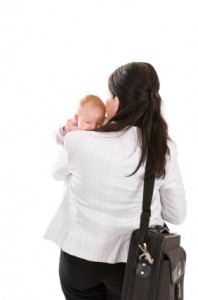 This is the 64th post in a series on Booby Traps, made possible by the generous support of Motherlove Herbal Company.
This is the 64th post in a series on Booby Traps, made possible by the generous support of Motherlove Herbal Company.
Last year the U.S. earned a distinction no country would be proud of: worst in the world for breastfeeding support.
The organization Save the Children gave us that ranking largely because we are “the only economically advanced country – and one of just a handful of countries worldwide – where employers are not required to provide any paid maternity leave after a woman gives birth.”
(The other countries with no paid maternity leave? Papua New Guinea, Liberia, and Swaziland.)
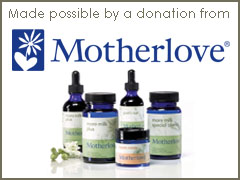 Most of us are entitled to 12 weeks of unpaid leave, thanks to the 1993 Family Medical Leave Act. But this less-than-20-year-old-law, which took nearly a decade of fighting to establish, is 1) not available to all mothers, and 2) not that much help if mothers can’t afford to take unpaid time off. A handful of states (California, Hawaii, New Jersey, New York, Rhode Island, and Puerto Rico) now provide around six weeks of partially paid leave, but a 2011 study found that only 10% of private sector employees have access to any kind of paid leave and that number drops to only four percent among low-wage workers.
Most of us are entitled to 12 weeks of unpaid leave, thanks to the 1993 Family Medical Leave Act. But this less-than-20-year-old-law, which took nearly a decade of fighting to establish, is 1) not available to all mothers, and 2) not that much help if mothers can’t afford to take unpaid time off. A handful of states (California, Hawaii, New Jersey, New York, Rhode Island, and Puerto Rico) now provide around six weeks of partially paid leave, but a 2011 study found that only 10% of private sector employees have access to any kind of paid leave and that number drops to only four percent among low-wage workers.
So what happens if you can’t afford to take maternity leave? You either don’t, or you cut it short:
Federal data: “In 2006–2008…nearly one-third of employed women did not report taking any maternity leave (29.4 percent). When taken, the average length of maternity leave was 10.3 weeks.”
A national poll sponsored by Career Builder: “12 percent [of mothers working outside the home] said they took two weeks or less. Forty percent were off work for six weeks or less.
Short and unpaid maternity leave is one of the biggest Booby Traps of all. Yet I think we’re so so used to our system that it’s hard to even conceive of anything different. At the risk of raising your blood pressure to dangerous levels, let me share what the alternative could look like:
In Norway mothers can take up to 36 weeks off work with 100 percent of their pay or 46 weeks with 80% pay, and an additional 12 months of child care leave, which can be taken by mothers or fathers. All European Union countries provide at least 14 weeks of partially paid leave, and many offer more. Closer to home, Canadian mothers receive 17 weeks of 55% paid leave and both parents can split up to 35 weeks of parental benefits. Some employers chip in even more. So Canadian mothers (or their partners) can take up to one year of leave with partial pay.
There is little research of the effect of paid maternity leave on breastfeeding, but there is plenty on the effect of the length of maternity leave on breastfeeding. And it’s not that hard to connect the dots, right? If you can’t afford unpaid leave, you either don’t take it or you cut it short. And short (or no) maternity leave is clearly bad for breastfeeding. It also affects mothers of different occupations and races differently:
A 2009 study in Pediatrics found that women whose maternity leave lasted longer than six weeks were more likely to initiate and sustain breastfeeding, and more likely to breastfeed exclusively, compared to moms who returned to work one (!) to six weeks after giving birth.
A study undertaken in California, which does provide some partially paid maternity leave: “A maternity leave of ≤6 weeks or 6 to 12 weeks after delivery was associated, respectively, with a fourfold and twofold higher odds of failure to establish breastfeeding and an increased probability of cessation after successful establishment, relative to women not returning to work, after adjusting for covariates. The impact of short postpartum leave on breastfeeding cessation was stronger among nonmanagers, women with inflexible jobs, and with high psychosocial distress.”
A 2011 study: “Compared with those returning to work within 1 to 6 weeks, women who had not yet returned to work had a greater odds of initiating breastfeeding, continuing any breastfeeding beyond 6 months, and predominant breastfeeding beyond 3 months. Women who returned to work at or after 13 weeks postpartum had higher odds of predominantly breastfeeding beyond 3 months.”
An Australian study: “Breastfeeding duration was…negatively associated with…early return to work.”
A 2007 literature review of thirteen studies on duration of maternity leave and health outcomes found: “A positive association was shown between the length of maternity leave and mother’s mental health and duration of breastfeeding.”
The evidence is strong enough that former Dr. Gerald Calnen, former president of the Academy of Breastfeeding Medicine concluded in a 2007 paper, “in order to provide mothers with the time they need to achieve optimal breastfeeding practices, U.S. society must come to terms with the urgent need for an extended, paid maternity leave.”
Save the Children noted that “perhaps the most effective way to improve breastfeeding rates is to provide longer periods of paid maternity leave.” How do you do that? Moms Rising advocates for paid family leave at both the state and federal level. Check out their advocacy work and help us move up the ranks as a country that supports breastfeeding.
How long was your maternity leave? Was it paid or unpaid? Did it affect your breastfeeding experience?



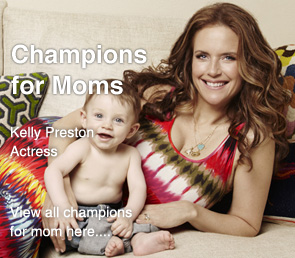
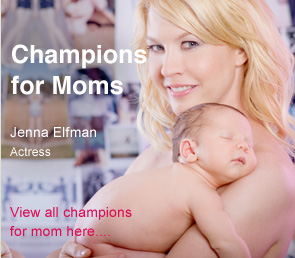

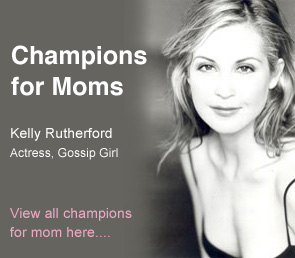
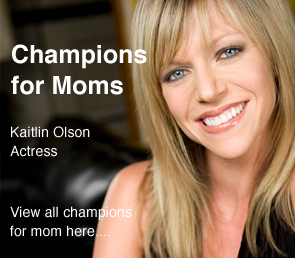
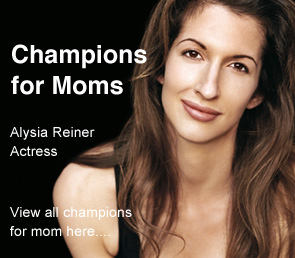
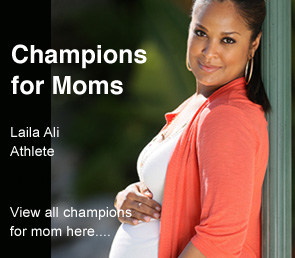
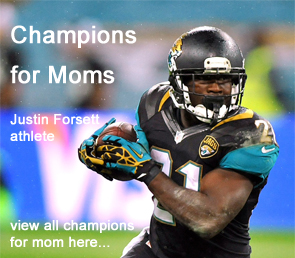
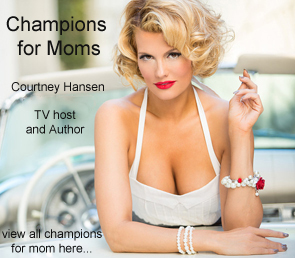
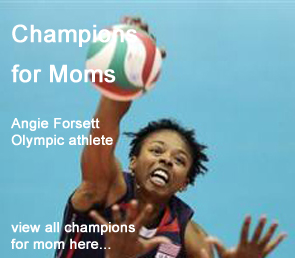

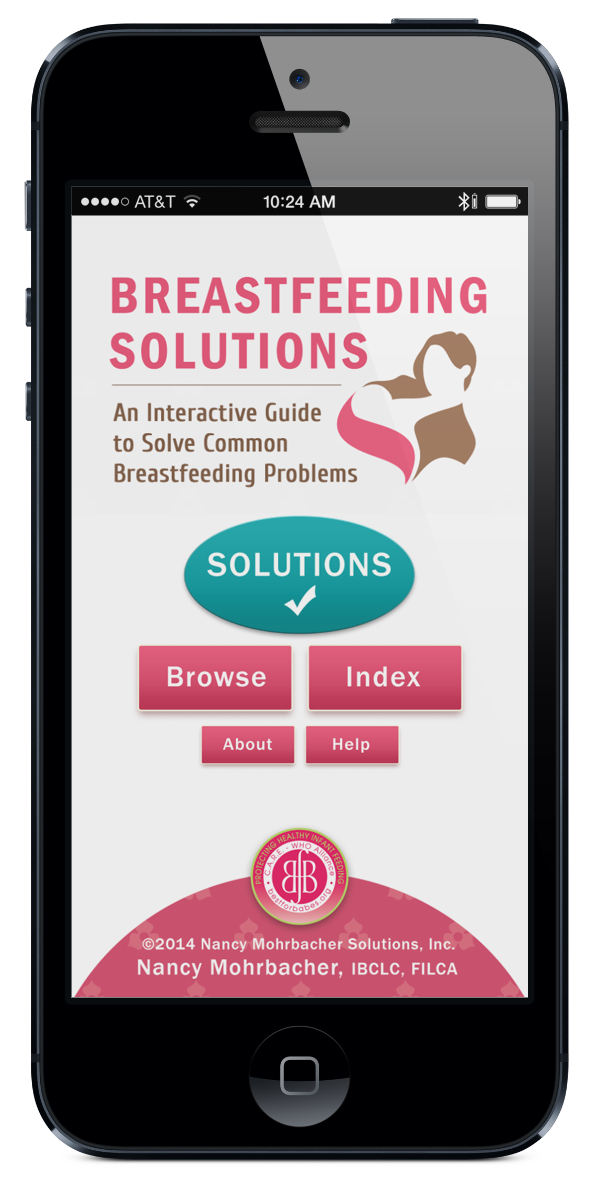
I work for an Amazon.com fulfillment center and they provide 8 weeks of 100% pay for Maternity leave! I decided to return to work after 10 weeks, taking 1 week of unpaid leave then short term disability pay kicked in for a week at 60%. I was so grateful to spend this time with my new baby and build our breastfeeding bond. Amazon also allows me as much time that is needed to pump and use their Mother’s room. My baby is 16 months and we are still breastfeeding at night and in the morning. If it was not for my employer allowing me these benefits, I would not have made my breastfeeding goals so far. I think there needs to be more US companies that provide longer leaves for mothers and fathers.
I also work for an amazon fulfillment center and like you I was granted maternity leave and short term disability in addition. I did not had to work during my entire pregnancy.
Pingback: Life, Love, and Dirty Diapers » 10 Finds for Thursday - 12/6/12